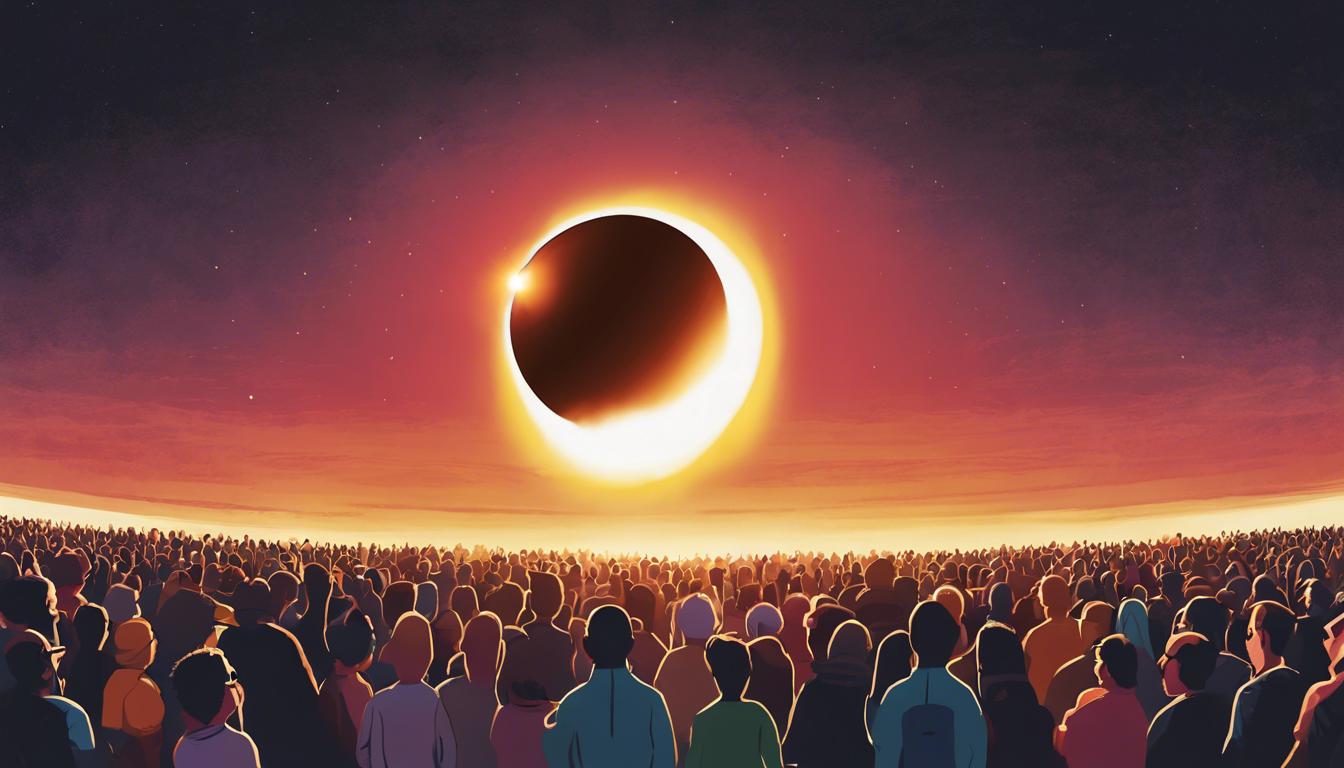North America is poised for an extraordinary astronomical event on April 8, as a total solar eclipse plunges parts of the continent into temporary darkness. This rare phenomenon provides a unique opportunity to observe the sun’s outer atmosphere, with the next total eclipse not visible in the UK until 2090.
On April 8, a total solar eclipse will captivate observers across North America, with the moon passing directly between the Earth and the sun, temporarily dimming the daylight. This astronomical event is part of a broader series of eclipses, which occur between two to five times annually worldwide. The next chance for UK residents to witness a total solar eclipse will not be until September 2090, although a partial eclipse will be visible from northern Spain to Iceland in 2026. The last total eclipse visible in the UK occurred in 1999 in Cornwall, while an annular eclipse, creating a “ring of fire” effect, was seen in parts of the Americas in 2023.
Future eclipses include an annular solar eclipse on October 2, 2024, visible in South America, and a series of partial solar eclipses visible from various parts of the globe through 2025. These celestial events offer opportunities for millions to witness the rare and stunning sight of solar eclipses from Earth.
The latest total solar eclipse, occurring on April 8, is expected to draw significant attention, particularly in central and North America, where the eclipse path will cover Mexico’s Pacific coast to Newfoundland, Canada. This event allows observers a unique glimpse of the sun’s outer layers, including the chromosphere and corona, which are usually obscured. Such occurrences also offer educational and merchandising opportunities, highlighting the public’s fascination with celestial phenomena. Spectators are advised to use protective eyewear when viewing the eclipse to prevent eye damage, except during the brief period of totality. This spectacle offers a singular opportunity, as the next total solar eclipse visible in the US will not occur for over two decades, emphasizing the rarity and appeal of such astronomical events.













